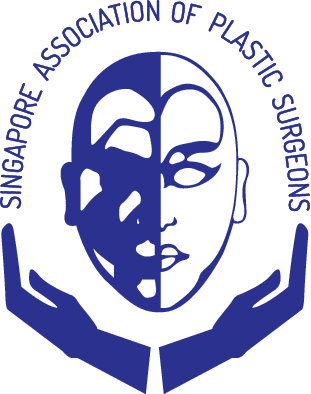FACIAL FAT GRAFTING
Dr Chia Hui Ling
Fat atrophy (or shrinkage) is one of the sequelae of facial aging. The temples, forehead and midface are common areas that lose volume over time. Some options to volumise the face include fat grafting, dermal fillers and facial implants.
Fat grafting involves the use of liposuction to harvest fat from other parts of the body. The fat is prepared into fat grafts, before it is injected back into the face. Apart from rejuvenating the face, fat grafting can augment areas of deficiency on the face, such as flat cheeks or a small chin, as a form of facial contouring.
Fat grafts undergo resorption (reduction in volume due to absorption by the body) after fat transfer, and rates are reported between 30 to 70%. It is possible that more than one session of fat grafting is required to achieve the desired contour. With the anticipated resorption, the plastic surgeon may overfill an area.
NANOFAT
Using specialized instruments, fat cells are filtrated out from fat grafts to retrieve nanofat. The injection of nanofat into the skin and scars has been shown in studies to improve skin elasticity. The places suited for nanofat injection include scars and facial skin, especially thin skin around the eyes and lips. The proposed mechanism behind nanofat is the presence of mesenchymal stem cells. Containing no mature fat cells, nanofat is not used to build up volume, but may be combined with classic fat grafting, for its stimulating effect on stem cell differentiation and tissue regeneration.
TREATMENT
Have a thorough discussion with your plastic surgeon, to include your surgical goals, medical conditions, drug allergies, medications and previous cosmetic procedures and surgeries. This includes non-surgical procedures such as thread lifts and skin tightening. Expected outcomes, risks and other treatment options (such as dermal fillers and facial implants) should be explained to you.
COMPLICATIONS AND MANAGEMENT
Risks of fat transfer breast augmentation include:
- Anaesthetic risks
- Lumpiness
- Infection
- Bleeding
- Altered sensation
- Asymmetrical results
- Risks of liposuction
